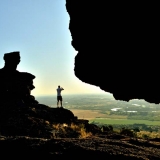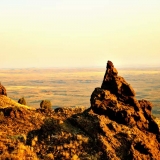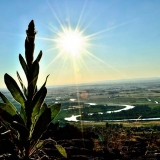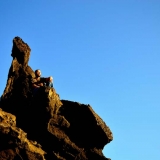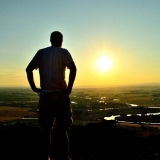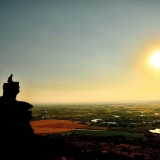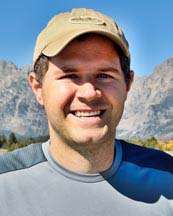No products in the cart.
Tuff Cones
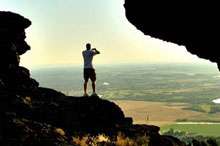
The Making of an Explorer
Story and Photos by Josh Packer
I guess you could say I’ve never been much of an explorer, at least in the traditional sense of the word. I do like to explore new experiences on my own, such as creating a home network, troubleshooting IT issues, or developing new photography techniques through watching YouTube videos and then practicing.
But sadly, even though I’ve lived in Idaho pretty much my entire life, I never really got into being outdoors. Don’t get me wrong—I love the smell of a campfire, or the aroma in the woods after a rainstorm. It’s just that hiking was never fun to me. Before I took up photographing Idaho as a hobby, I actually dreaded hikes, which struck me as tedious. But now I enjoy capturing the beauty of, say, a hike in the Driggs area, or a climb up Menan Buttes. Lately, I’ve come to regard each new outing as another opportunity to explore my home state.
I decided to set out on such an adventure with my brother David after we explored Fall Creek Falls recently [see “Even a Tent,” IDAHO magazine, December 2014] and I realized the beauty of the area surrounding me in southeast Idaho. But my personal history as a non-explorer made it hard to figure out where to go next. What’s more, in the past couple of years, I had spent my free time at school, getting a Master’s degree at Idaho State University and becoming a certified public accountant. The workload, especially during tax season, not only prevented me from exploring, but even kept me from spending much time with my wife and two children.
To give me ideas, I started asking coworkers or friends about places they’ve been in Idaho. When a coworker mentioned that Menan Buttes provided a good view of the Tetons, I perked up, because I had actually hiked this place with my wife Sarah, just after we got married seven years ago. Back then, we were inspired by someone else who said the hike provided an awesome view. At the time, I had a day off from work and we were living in Rexburg, which is close to the buttes. But I had a construction job, and was not excited by the thought of being outside all morning. On the trip, Sarah complained that my long stride kept leaving her behind. We both enjoyed the hike in the end, but we haven’t done much of it since then: a family walk on the Cress Creek Nature Trail along the South Fork of the Snake River, a short hike in Nevada, and that’s about it. After a second coworker who had hiked North Menan Butte, or “R Mountain” (the local nickname, because of a large “R” painted on its side) told me how amazing it was at sunrise, I figured it would be worth getting up before five in the morning to see.
The twin Menan Buttes are extinct volcanoes that formed from violent eruptions ten thousand years ago. They are two of the world’s largest tuff cones, which means they formed from basaltic magma boiling up through the cold ground water of the Snake River. “When molten magma met the cold river water, it cooled so quickly crystals were unable to form, and the lava solidified into glass called tachylite,” according to a Bureau of Land Management (BLM) web page. “The heat of the magma flashed the river water to steam, shattering the glass into tiny fragments that welded together as the hot ash settled to the ground. The Menan Buttes are unique, because these are the only volcanic eruptions that occurred in freshwater in the United States, which is why North Menan Butte is designated a National Natural Landmark.”
North Menan Butte at sunrise. Photo by David Packer.
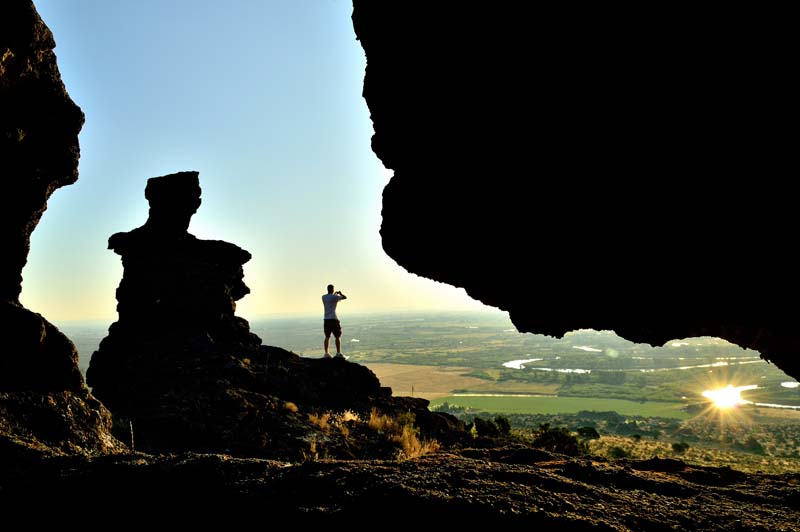
North Menan Butte or R Mountain, at sunrise.
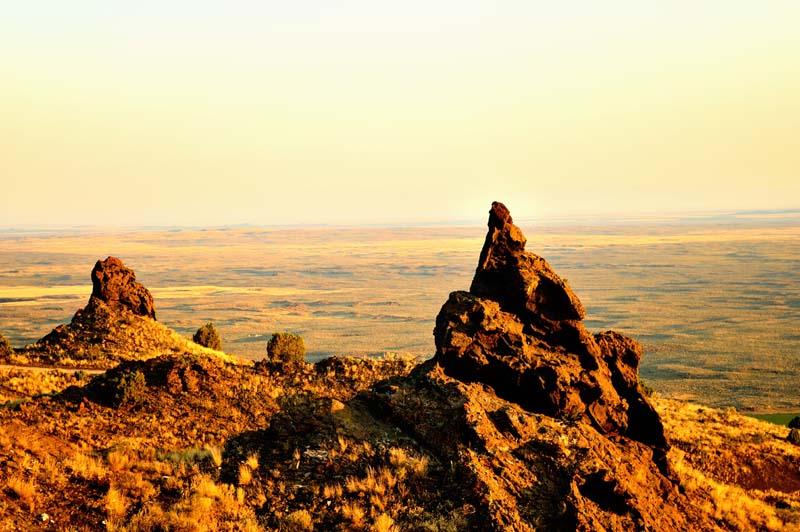
The Snake River looking serpentine.
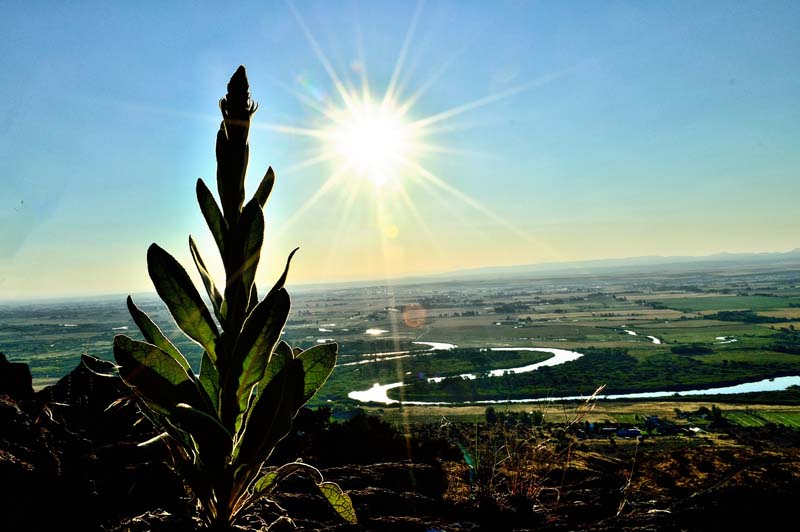
The author’s brother, Dave Packer, using a tuff cone throne.
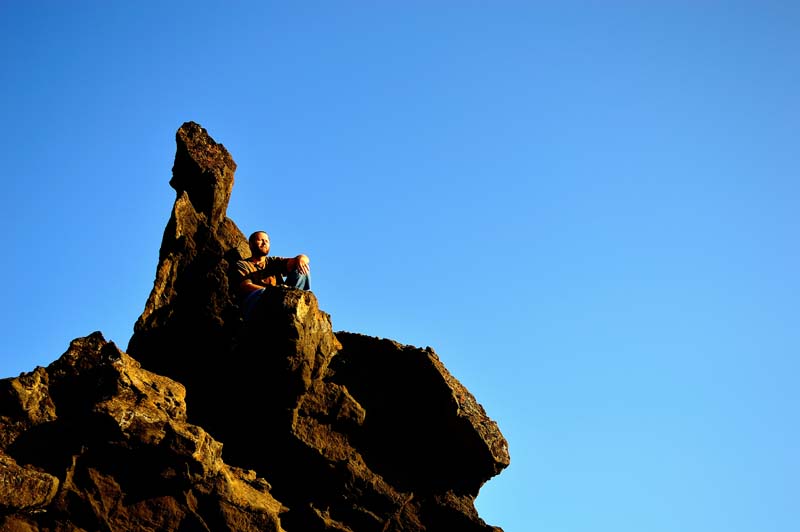
View from the butte.
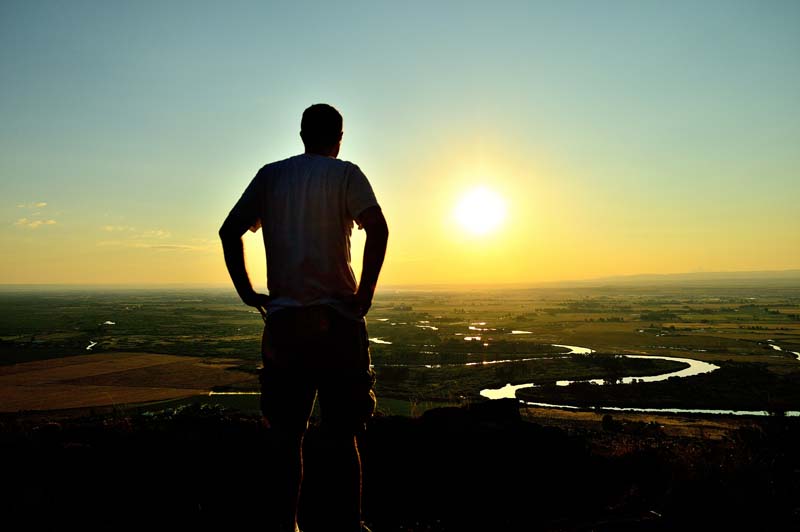
A good vantage point for watching sunrise over the Snake River Plain.
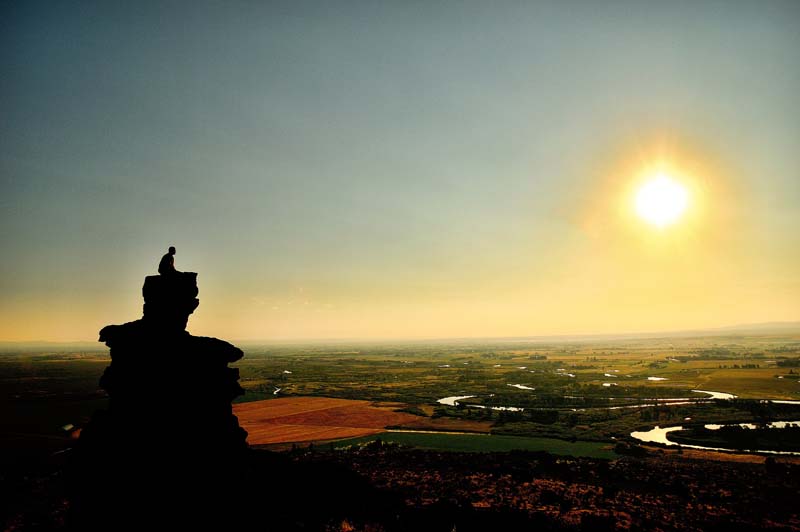
I was amazed to learn that Idaho is the only state in the nation with volcanoes formed from such a phenomenon, of which I’m sure many locals are unaware.
Dave and I arrived at dusk, knowing that the R Mountain ascent to catch sunrise would take about forty-five minutes. We had flashlights, although it was light enough that we didn’t need to use them. For me, the hike was steep and difficult, with many long and tedious switchbacks on a rocky and sandy path, which eventually made me feel like I had been hiking for hours. Having spent my time at school, studying, and in an office, I hadn’t exercised much. Indeed, another reason for this new interest in exploring the state was to improve my physical conditioning and, consequently, my chances of remaining healthy as I aged. Even so, after we had been climbing for a while, I felt tired, worn out, and just wanted to be at the top of the mountain. I also was nervous that the sun was about to rise and I would miss it, making our early start pointless.
We couldn’t predict when the sun would be up, because we were hiking on the west side of the mountain. As we approached the top, we saw that the sun was about to crest the mountains in the distance, but we were still about fifteen minutes from the east side, which would provide the view of the Snake River Valley and the Grand Tetons. We started to jog, almost breaking into a full run. Even through my fatigue, we were so close to the “finish line” that I was motivated to get there. This isn’t to say I was having fun—but my adrenaline was pumping.
We reached the other side about two minutes before the sun came up. The morning couldn’t have been better: sunrise was pink and orange along the Tetons, creating reflections that slithered along the curvy Snake River. I had always thought the river got its name from looking like a winding snake, but it seems to have come from a misunderstanding. “The Snake River likely got its name from the first white explorers, who misinterpreted the sign made by the Shoshone people—who identified themselves in sign language by moving the hand in a swimming motion—which appeared to these explorers to be a snake,” according to the National Wild and Scenic Rivers System website. “It actually signified that they lived near the river with many fish.” Even so, from atop the butte, the river does look like a snake.
Exploring the rest of the mountain, Dave and I discovered a utility road on the east side that came most of the way to the top. We said to each other, “We hiked up all this way when we could have just driven most of the way?” It’s true I needed the exercise, but we still decided that the next time we came, we’d take the easy route.
Dave found some cool lava-rock formations we could get inside, which allowed for spectacular views of other lava rocks and the Snake River Valley. We horsed around on the rocks and I explored the top of the butte, until I sat on a cactus. The pain was intense, but at least I hadn’t sat on one of the rattlesnakes that apparently are seen there now and again.
The dictionary says the origin of the word “explore” comes from the Latin “ex,” which means “out,” plus “plorare,” which means “utter a cry.” Well, this hike was out in the middle of nowhere, and it made me utter a cry as I sat on that cactus. Maybe I’m becoming an explorer after all.
This content is available for purchase. Please select from available options.
Purchase Only
Purchase Only

